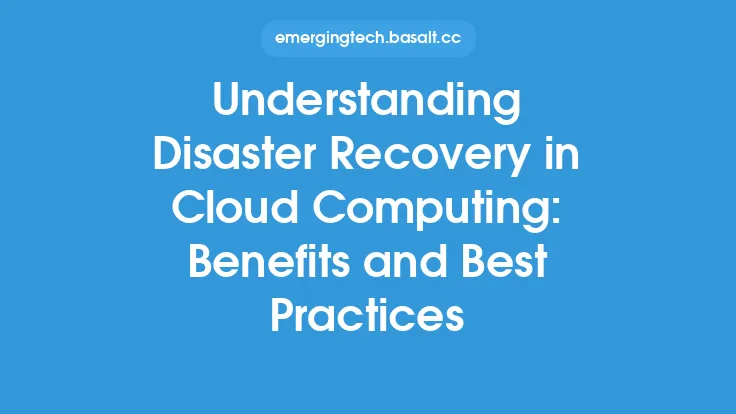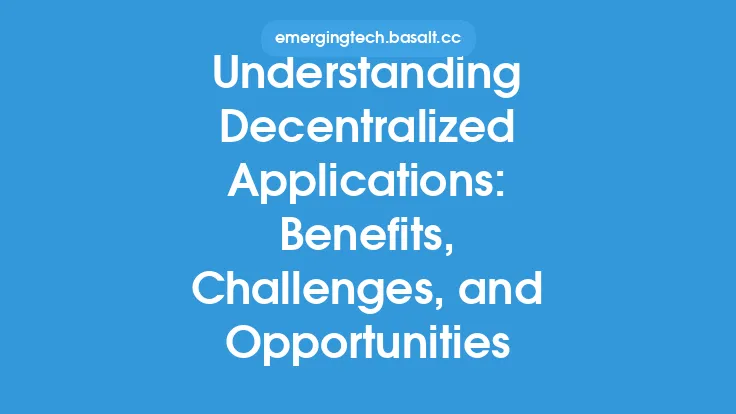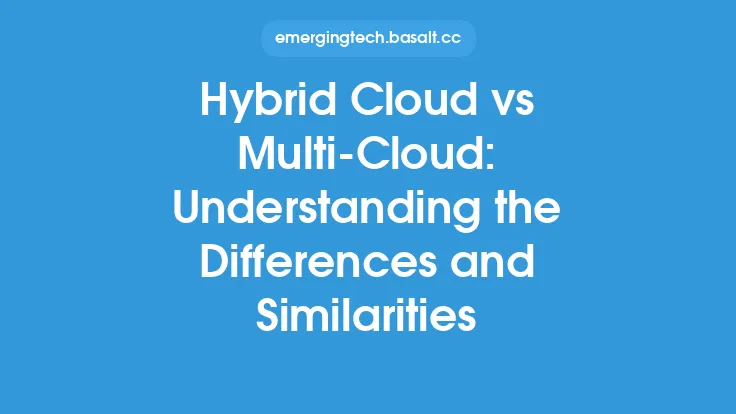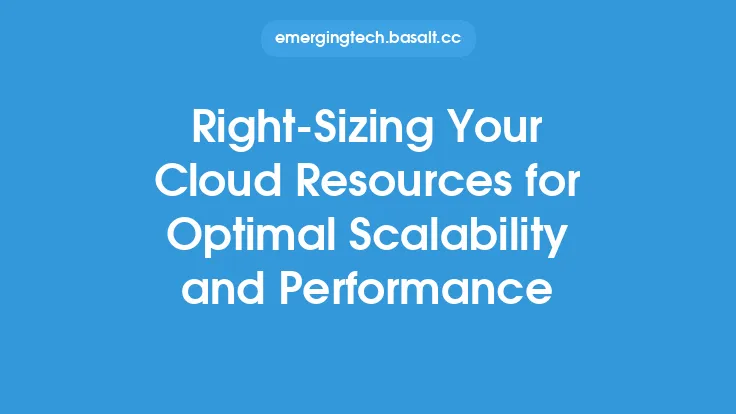Cloud computing has revolutionized the way businesses and organizations operate, providing them with the flexibility and scalability to handle changing workloads and demands. At the heart of cloud computing is the concept of scalability, which refers to the ability of a system to handle increased load and usage without compromising performance. In this article, we will delve into the world of cloud scalability, exploring its benefits, challenges, and the underlying technologies that make it possible.
Introduction to Cloud Scalability
Cloud scalability is the ability of a cloud-based system to scale up or down to match changing workloads and demands. This can be achieved through various means, including adding or removing resources such as virtual machines, storage, and networking capacity. Cloud scalability is often categorized into two types: horizontal scaling and vertical scaling. Horizontal scaling involves adding more resources to the system, such as adding more virtual machines or nodes to a cluster. Vertical scaling, on the other hand, involves increasing the power of individual resources, such as upgrading the processor or adding more memory to a virtual machine.
Benefits of Cloud Scalability
The benefits of cloud scalability are numerous and well-documented. One of the primary advantages is the ability to handle sudden spikes in traffic or demand without compromising performance. This is particularly important for businesses that experience seasonal fluctuations in demand or those that operate in industries with unpredictable workloads. Cloud scalability also provides businesses with the flexibility to quickly respond to changing market conditions, such as launching new products or services. Additionally, cloud scalability can help businesses reduce costs by only paying for the resources they need, when they need them. This can lead to significant cost savings, particularly for businesses with variable workloads.
Challenges of Cloud Scalability
While cloud scalability provides many benefits, it also presents several challenges. One of the primary challenges is the complexity of scaling a system to meet changing demands. This requires careful planning, monitoring, and management to ensure that the system can scale up or down quickly and efficiently. Another challenge is the potential for increased costs, particularly if the system is not properly optimized. This can lead to unexpected expenses, particularly if the system is not designed to scale efficiently. Security is also a major concern when it comes to cloud scalability, as the increased complexity of a scaled system can provide more opportunities for attackers to exploit vulnerabilities.
Underlying Technologies
Several underlying technologies make cloud scalability possible. One of the key technologies is virtualization, which allows multiple virtual machines to run on a single physical server. This provides a high degree of flexibility and scalability, as virtual machines can be quickly added or removed as needed. Another key technology is containerization, which allows multiple applications to run on a single virtual machine. This provides a high degree of efficiency and scalability, as containers can be quickly spun up or down as needed. Cloud management platforms, such as OpenStack and Amazon Web Services, also play a critical role in cloud scalability, providing businesses with the tools and resources they need to manage and scale their cloud-based systems.
Scalability Models
There are several scalability models that businesses can use to scale their cloud-based systems. One of the most common models is the scale-up model, which involves increasing the power of individual resources, such as upgrading the processor or adding more memory to a virtual machine. Another model is the scale-out model, which involves adding more resources to the system, such as adding more virtual machines or nodes to a cluster. The hybrid model, which combines elements of both the scale-up and scale-out models, is also gaining popularity. This model involves increasing the power of individual resources while also adding more resources to the system.
Best Practices for Cloud Scalability
To achieve cloud scalability, businesses should follow several best practices. One of the most important practices is to monitor and analyze system performance, identifying bottlenecks and areas for improvement. This can help businesses optimize their systems for scalability, ensuring that they can handle changing workloads and demands. Another best practice is to use automation tools, such as scripts and templates, to simplify the scaling process. This can help businesses quickly respond to changing demands, scaling their systems up or down as needed. Businesses should also prioritize security, ensuring that their scaled systems are secure and compliant with relevant regulations and standards.
Conclusion
Cloud scalability is a critical component of cloud computing, providing businesses with the flexibility and scalability to handle changing workloads and demands. While cloud scalability presents several benefits, including the ability to handle sudden spikes in traffic and reduce costs, it also presents several challenges, including complexity and security concerns. By understanding the underlying technologies and scalability models, businesses can design and implement scalable cloud-based systems that meet their needs and provide a competitive advantage. By following best practices, such as monitoring and analyzing system performance, using automation tools, and prioritizing security, businesses can ensure that their cloud-based systems are scalable, efficient, and secure.





